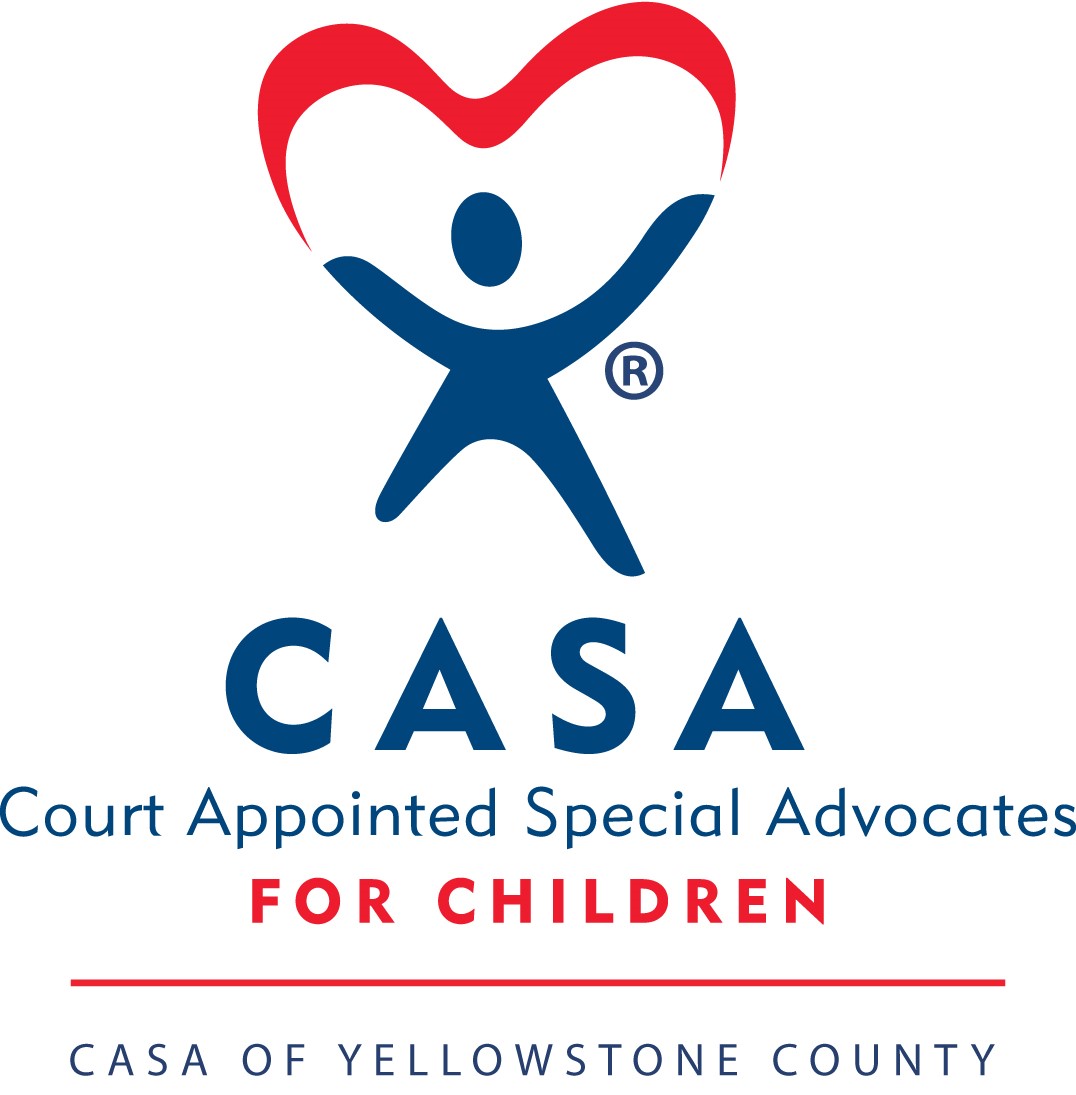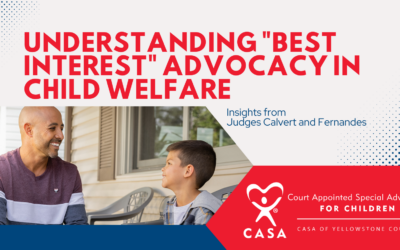 For many children, the school year means regular meals, adult supervision, and a safe place to go during the day. As the school year wraps up and summertime begins, many of these basic safety nets go away for the summer months, leaving children who experience abuse and neglect in their homes more at-risk than ever. Statistically, summertime is one of the most dangerous times of the year for children and is known among medical and public health communities as “trauma season” for a number of reasons. The rate of accidents and unintentional deaths rise drastically for children from all walks of life – regardless of their home situations – due to the nature of many summer activities. Incidents such as drownings, bike accidents, traumatic injuries, and heat-related deaths will rise in the summer months, particularly among young populations. Children who are already in unsafe homes, where abuse or neglect is present, are at more risk than ever for these types of injuries during the summer months because they may not have a stable caregiver to help keep them safe.
For many children, the school year means regular meals, adult supervision, and a safe place to go during the day. As the school year wraps up and summertime begins, many of these basic safety nets go away for the summer months, leaving children who experience abuse and neglect in their homes more at-risk than ever. Statistically, summertime is one of the most dangerous times of the year for children and is known among medical and public health communities as “trauma season” for a number of reasons. The rate of accidents and unintentional deaths rise drastically for children from all walks of life – regardless of their home situations – due to the nature of many summer activities. Incidents such as drownings, bike accidents, traumatic injuries, and heat-related deaths will rise in the summer months, particularly among young populations. Children who are already in unsafe homes, where abuse or neglect is present, are at more risk than ever for these types of injuries during the summer months because they may not have a stable caregiver to help keep them safe.
As with many social problems present today, there is not one easy solution to the risks that children are exposed to throughout the summer months. The first step to helping prevent many of these risk-factors is being aware that they actually exist. It’s a good practice to be aware of your surroundings as you go about your day and to keep an eye out for potentially dangerous situations in which children and young people could be harmed. If you see a young child unsupervised at the swimming pool, speak to a lifeguard or staff person on duty. If you see a child left in a hot car in their car seat you should always do something. Call the police and find help. The gravity of these types of situations, where accidental injury or death may occur, calls for some sort of preventative action, and it is better to err on the side of caution in trying to prevent a situation from escalating into something more serious. In reporting concerning signs of child abuse and neglect to the proper authorities, you are trying to keep children in your community safe.
The second step to helping keep children safe throughout the summer is to know what kinds of resources your community has to offer families and children and to share these resources with neighbors, friends, parents and caretakers. Many communities will have summer programs and camps for children to attend that will help keep them active and learning through the summer in a structured and supervised environment. Often, childcare opportunities and activities are free or can be offered at a very low cost for families who are in need of financial aid. The internet, community websites, local libraries and YMCAs should all have information available about summer resources and safe activities for children.
Something that can be particularly challenging for children in the summertime is finding a steady source of food. For a variety of reasons, the unfortunate reality is that a large number of children face hunger and malnutrition every day in the United States. Many school programs will actually have a summer breakfast and lunch program that they offer regularly to children under the age of 18, regardless of their family’s income level or life circumstances. Knowing where these free meal programs are offered in your area and sharing that information with others is a big step toward ensuring that children are finding regular meals.
 Collaborative efforts in communities can go a long way to ensuring that children are not left in dangerous situations and without resources or aid throughout the year. Implementing the old adage that “it takes a village to raise a child” is a good mentality for communities to adopt in working to fill gaps in childcare and child safety and ensuring that children – from all backgrounds and circumstances – are safe and cared for. Remember, children do not have to be in abusive or neglectful homes to be in unsafe situations. It is important to make sure kids are playing safely through the summer. Helmets, seatbelts, sports equipment, swimming lessons, sun protection and plenty of caring and consistent supervision are all important elements that go into ensuring that children have a safe and healthy summer. At the end of the day, we want our children to grow up in an environment that fosters their ability to learn, grow and thrive. It’s never easy to raise children, even in the best of situations, but working together, and offering a helping hand is a big step toward ensuring the safety of our youth.
Collaborative efforts in communities can go a long way to ensuring that children are not left in dangerous situations and without resources or aid throughout the year. Implementing the old adage that “it takes a village to raise a child” is a good mentality for communities to adopt in working to fill gaps in childcare and child safety and ensuring that children – from all backgrounds and circumstances – are safe and cared for. Remember, children do not have to be in abusive or neglectful homes to be in unsafe situations. It is important to make sure kids are playing safely through the summer. Helmets, seatbelts, sports equipment, swimming lessons, sun protection and plenty of caring and consistent supervision are all important elements that go into ensuring that children have a safe and healthy summer. At the end of the day, we want our children to grow up in an environment that fosters their ability to learn, grow and thrive. It’s never easy to raise children, even in the best of situations, but working together, and offering a helping hand is a big step toward ensuring the safety of our youth.
Emily Gaudreau is the Administrative Assistant for CASA of Yellowstone County.





